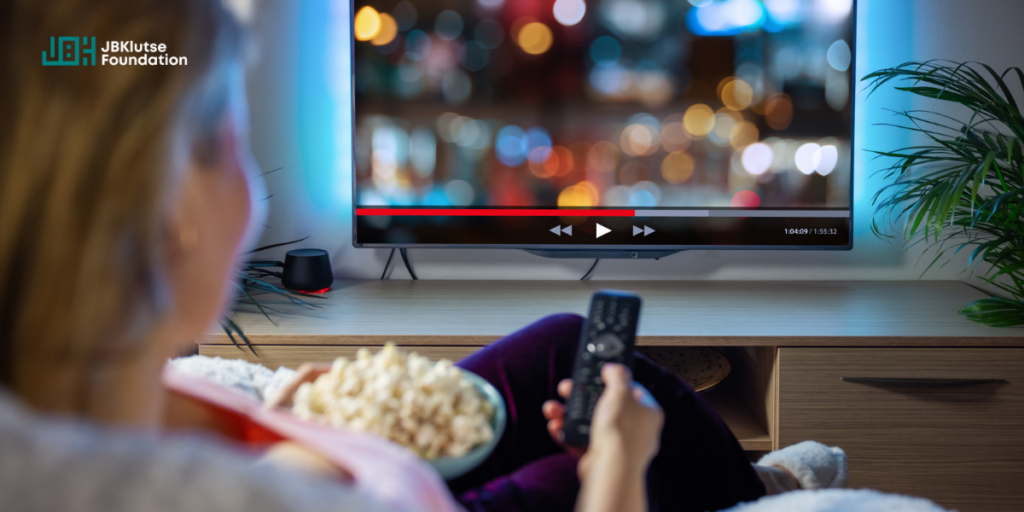In a world where streaming platforms reign supreme, understanding the implications of streaming on your internet data consumption is vital. One question often posed by consumers revolves around the correlation between TV size and streaming data consumption. This article aims to shed light on this subject, bringing clarity to any misconceptions.
Misconceptions about TV Size and Data Consumption
The notion that a larger television might require more data to stream content seems logical on the surface. After all, bigger screens display more pixels, right? But when it comes to TV size and streaming data consumption, the reality is quite different.
The Real Factors Influencing Data Consumption
Firstly, it’s important to understand what exactly determines the quantity of data consumed when streaming. The primary factor influencing data usage is the streaming quality or resolution, not the physical size of your TV. The resolution can range from standard definition (SD), high-definition (HD), to ultra-high-definition (UHD) or 4K. Streaming in HD will use more data than SD, and 4K will use more than both HD and SD.
TV Size vs Streaming Quality: What Matters More?
Therefore, whether you’re watching your favourite show on a compact 32-inch television or experiencing a movie on a massive 65-inch screen, the TV size and streaming data consumption remain consistent, given the streaming quality is the same. The larger screen doesn’t “pull” more data, it merely displays the same content on a bigger scale.

Optimizing Your Streaming Experience: Practical Tips
Here are some tips to optimize your streaming sessions:
- Choose an Appropriate Resolution: Determine the ideal resolution for your TV size and viewing distance. Although larger TVs may benefit from higher resolutions, remember to factor in your internet speed and data limits while making your selection.
- Adjust Streaming Quality Settings: Most streaming platforms offer adjustable settings that control bitrate and video quality. Experiment with different settings to find the ideal balance between data consumption and a satisfying viewing experience.
- Monitor Your Data Usage: Regularly check your data consumption using your internet service provider’s monitoring tools or third-party applications. This proactive approach will help you stay within your data limits and avoid unexpected charges.
Conclusion: Understanding the Relationship between TV Size and Streaming Data Consumption
So, where does this leave the relationship between TV size and streaming data consumption? Essentially, they are independent of each other. Your choice of TV size will affect your viewing experience, undoubtedly, but it doesn’t increase or decrease the amount of data transmitted over your internet connection.
In conclusion, don’t let worries about data consumption deter you from purchasing a larger TV if that’s what you desire. Choose your streaming resolution according to your internet data plan and enjoy your favourite content, irrespective of the size of your screen. Happy streaming!

Nice write up sir. Thanks for the education…
Thank you, Daniel.